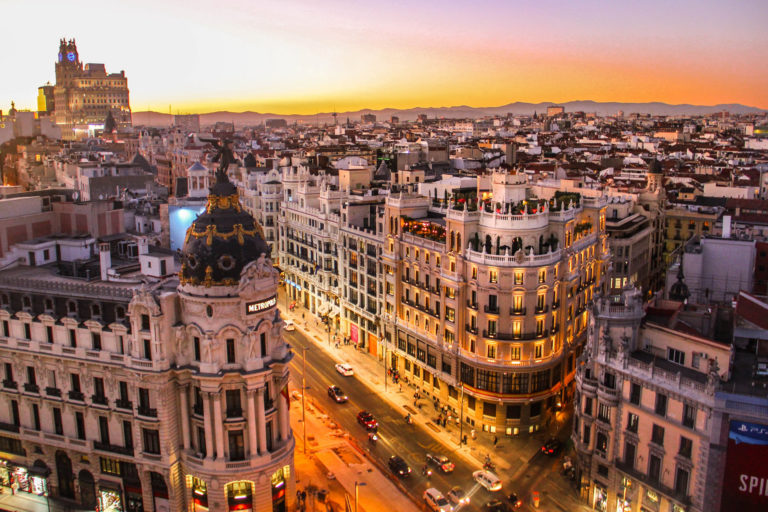
Golf courses in Spain, beyond their exceptional design and scenic beauty, hold a unique appeal for foreign tourists and investors. In 2022, this niche industry made a significant impact on Spain’s economy, contributing approximately €5.418 billion. Impressively, 85.6% of this economic input comes from tourism-related services, with the remaining 14.4% originating directly from the courses themselves. This 85.6% includes expenditures on accommodation, transportation, car rentals, dining, cultural activities, and more, all funded by avid golfers as they explore Spanish golfing opportunities.
Importantly, the influence of golf courses extends far beyond their greens, positively affecting regional development and employment throughout the year. Unlike the seasonal influx of tourists during the summer months, golfers visit Spain year-round, providing vitality to traditionally quieter periods, such as spring and autumn. Moreover, the pandemic ushered in a resurgence of golf as a much-loved outdoor activity, offering a calm escape with built-in social distancing in challenging times. Golfers are drawn to European destinations where winter’s grip is less severe, including the Canary Island´s temperate Tenerife, which enjoys a pleasant climate year-round. On this Canary Island, golf course design enjoys a positive repute and global recognition among enthusiasts.
According to data from the Royal Spanish Golf Federation (RFEG), international golfers rank Spain as their favorite destination (28.5%), ahead of Portugal (17%) and the United Kingdom (16%). Whether traveling in couples or families, golf enthusiasts tailor their holidays to include golfing experiences. Be it a weekend getaway or a more extended journey, the golf course occupies a significant portion of golfers’ itineraries. However, these discerning travelers also like to explore the region’s natural beauty, immerse themselves in local culture, dine in great restaurants, and enjoy leisure pursuits near the golf course. In essence, this is a form of luxury tourism, with an estimated annual expenditure of around €11.183 billion, with stays of often up to 12 nights in their chosen destinations.
Recognizing the economic impact of golf, several Spanish regions are focusing on hosting prestigious tournaments to attract a global audience of visitors. Upcoming events include the highly anticipated Solheim Cup 2023 in Andalusia, Catalonia’s bid to host the Ryder Cup in 2031, and the revival of the Ladies European Tour, returning to Madrid’s golf courses after a nine-year hiatus.
For discerning travelers, being in proximity of a golf course holds significant allure. Consequently, resorts featuring golf courses present promising opportunities for real estate investment. Buying fully equipped apartments or villas allows golf enthusiasts to feel at home, secure in the knowledge that they can return to their holiday residence and the course at their leisure. Alternatively, renting a tourism property in a golf resort offers the twin benefits of privacy and convenience, while giving players the freedom to explore others of Spain’s golf courses year-round. With access to comprehensive hospitality and culinary services within the resort, both players and their accompanying guests can maximize their holiday experience while indulging in their passion for golf. Golf course planning will continue to be a crucial part of resort and regional development.



